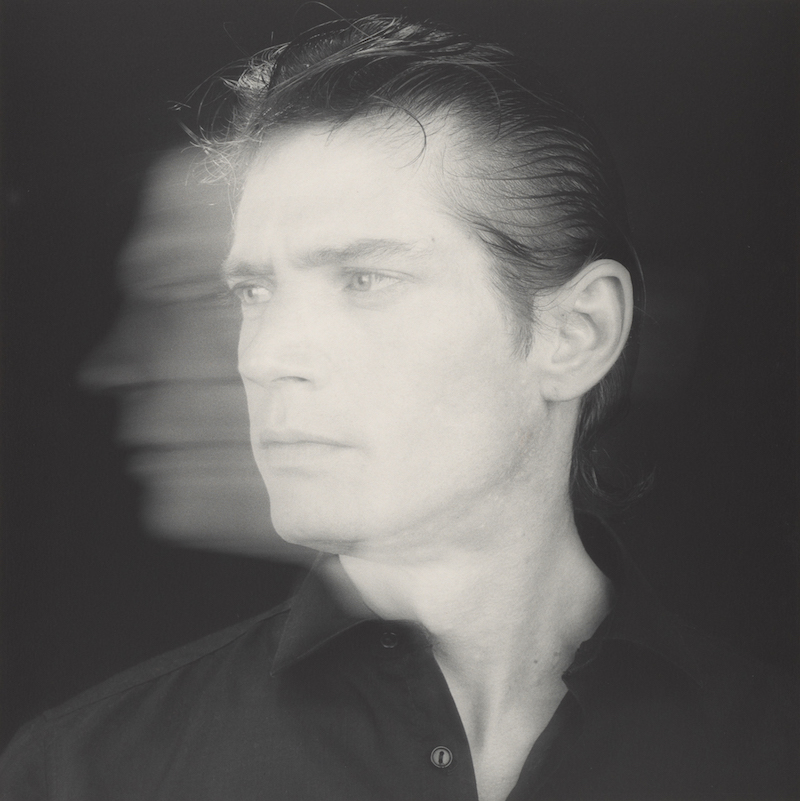This retrospective exhibition shows Mapplethorpe’s work from his time as a budding artist until his untimely death
In a Canadian first, the works of American photographer Robert Mapplethorpe will be displayed at the Montreal Museum of Fine Arts (MMFA). Focus: Perfection – Robert Mapplethorpe is a retrospective exhibit containing works from his earliest projects, leading up all the way to his death in 1989. The exhibition contains a collection of photographs, collages, books and other works spanning the totality of the American photographer’s career, including his early experiments with Polaroids.
Mapplethorpe, who produced highly-stylized black-and-white prints in the 70s, was a controversial figure in the New York art scene, his photographs have acted as both a statement for and against their own artistic value. His highly contentious X series, depicting homoerotic and BDSM scenes, are the focal point of the controversy surrounding his work.
In a 1989 Republican Convention, Senator Jesse Helms, infuriated by the apparently moral obscenity of Mapplethorpe’s photographs, called for their censorship. He famously said: “look at the pictures!” Helms believed their “immoral” and “grotesque” nature would be obvious at a glance. This sort of controversy is something that Mapplethorpe enjoyed, and even strove to achieve.
“When there was controversy, it seemed to be something he promoted. He liked the idea of shocking people, depicting things that had never been seen before, that were unsettling,” said Mikhel Proulx, an instructor at Concordia University’s art history department. “He would probably call it his style, but his brand was linked to some sense of these images being controversial.”
Now, a few decades later, the controversy and shocking nature of Mapplethorpe’s photos has abated, leaving space for discussion, appreciation and critique—and that’s exactly what the MMFA wants to promote said Proulx. The works and their history raise interesting questions about power, race and censorship in art.
Proulx is interested not only in the artist’s work, but also the story and prejudices told through the photographer’s lens.
“I think it easy to see, when you look at the work—you are looking through the eyes of a gay white man,” said Proulx. “And so that privilege carries through in how the photograph is constructed.”
Mapplethorpe’s work has spurred interesting conversations about race, gender and sexuality. The photographer has been criticized by others for taking advantage of his subjects, and placing them in very vulnerable and compromising positions to advance his own career and fulfill his ambitions of being a rich and famous artist, according to Proulx.
Mapplethorpe’s photos were not taken with an objective, neutral eye. The photographs displayed in the exhibition reflect how he saw the world.
“Part of thinking deeply about an artist like Mapplethorpe means getting past the laudatory text on the museum walls,” said Proulx. “When we look at his photographs, we certainly see masterful images, but we don’t quite see traces of a deeply problematic person, with some rather hateful views of the world.”
Mapplethorpe said he looked for perfection in form, regardless of what that form took. Indeed, once you get passed the graphic nature of the subject, the photo in itself is beautiful, with expertly crafted play of light and shadow, proportion and form.
The exhibition at the Michal and Renata Hornstein Pavilion of the MMFA is divided into several rooms, each showcasing a different aspect of Mapplethorpe’s career. The first room examines Mapplethorpe’s early works, including his attempts at jewelry-making.
Next are his famous portraits. Andy Warhol, Paloma Picasso, Richard Gere and Yoko Ono are but a few of New York’s upper crust immortalized by Mapplethorpe’s lens. These portraits, striking in their stylized nature, are a window into Mapplethorpe’s social ascent. Mapplethorpe wanted to be rich and famous, and he knew that to get there, he needed to be calculating in who he rubbed shoulders with. He was a masterful photographer—but his social climbing is what gained his photos notoriety.
The third section of the gallery is where his controversial X, Y and Z portfolios are displayed in their entirety. Mapplethorpe was known mainly for photographing flowers, the black male nude and homoerotic BDSM scenes. This section of the exhibition is structured in such a way that, if someone wished to skip his more graphic work, they could go through to the next room, which contains his flower stills and his examination of the body as sculpture.
In the fifth and final room, the exhibition touches on the controversy surrounding Mapplethorpe’s work, as well as the ideological conflicts that were happening in America at the time on subjects such as homosexuality, censorship of art and abortion. At the beginning of the 90s these issues polarized American society and, as shown on a museum label in the exhibit, Mapplethorpe’s work was part of the overall discussion.
“Part of teasing open his legacy is looking at how his celebrity [image] has been constructed in certain ways,” said Proulx. “There’s a lot of effort that goes into creating this spectacle of Mapplethorpe. Obviously, there’s a lot of money too and a lot of private interest, when you think of the museums, the donors, the collectors.”
For anyone with an interest in contemporary art history, this exhibition will be of interest. Putting his artistic genius aside, Mapplethorpe has been logged into art history books because that’s exactly what he wanted—and by drawing on a specific network, that’s exactly what happened. In order to actually understand his work and the impact he has had, you’ll have to take a look at the photographs for yourself.
The exhibition can be viewed at the MMFA until Jan. 22. The museum is open Tuesday through Sunday, from 10 a.m. to 5 p.m. Tickets are $12 for visitors under the age of 30 and $20 for everyone over the age of 31.
